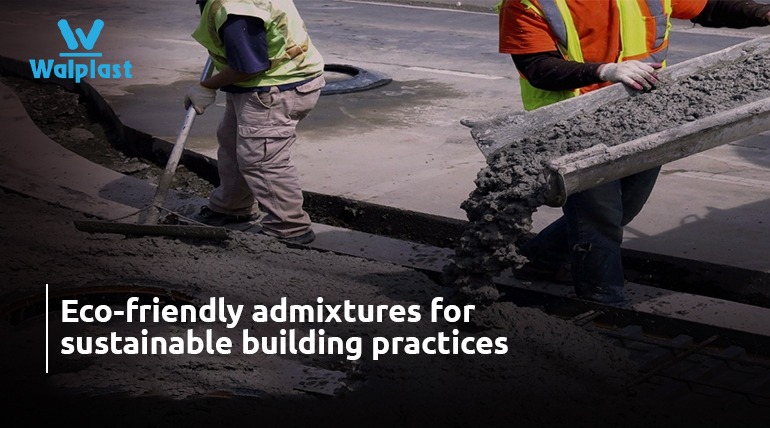
On the quest for sustainable construction, the function of admixtures—chemical additives blended with mortar or concrete for changing its properties—has become critically important. Conventional construction materials can have major ecological consequences, from high energy utilization in industries to water consumption and emissions beyond reasonable limits.
Eco-friendly admixtures have emerged as key tools, aiding in mitigating these problems and promoting greener practices. The admixtures increase the resilience, sturdiness, and workability of concrete while bringing to a halt the deployment of excess resources.
Why Eco-Friendly Admixtures?
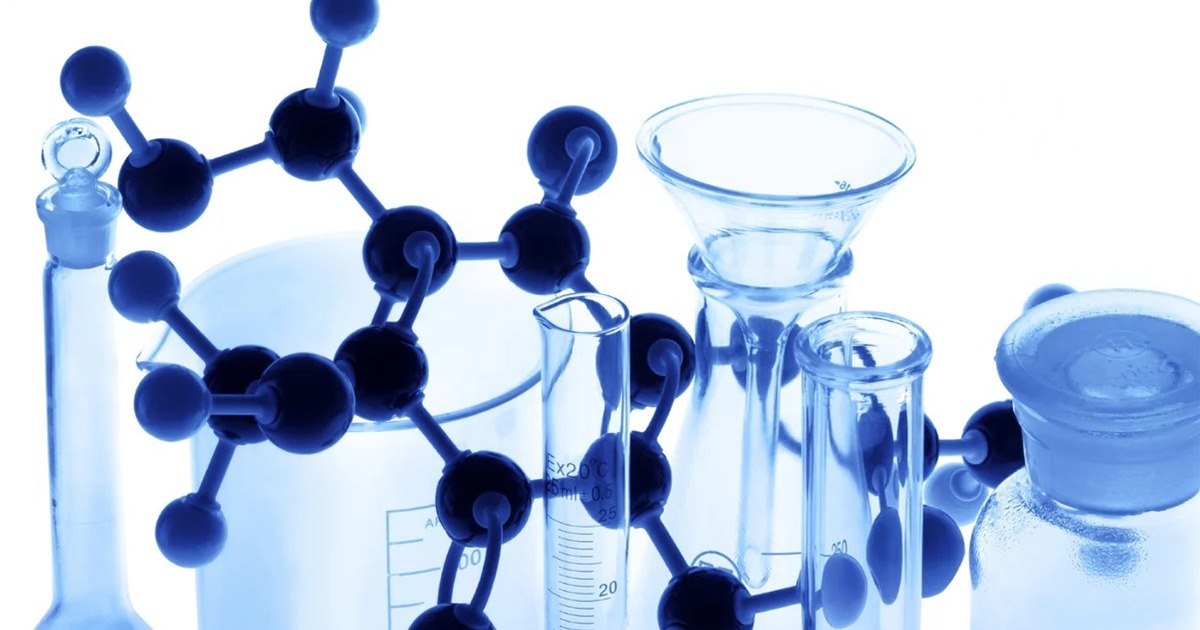
1. Reduction in material consumption
By improving the properties of concrete, admixtures diminish the amount of material needed to attain the necessary sturdiness and stability. This preserves and saves natural resources and brings down the ecological impact related with mining, excavation and processing.
2. Lower carbon emissions

Quite a few environment-friendly admixtures, especially pozzolanic ones, help in minimizing cement content in concrete, causing a drop in the level of CO₂ emissions. Considering that cement production is accounatable for approximately 8% of global greenhouse gas emissions like CO₂, this substitution is very important in facilitating sustainable construction.
3. Enhanced durability and longevity

Green and ecologically sound admixtures fortify concrete’s ability to shield from weather, corrosion, and ravages of time. Structures constructed with such substances have a plrolonged life expectancy, and at the same time, assets are not squandered on repairs and maintenance etc.
4. Reduced water usage

Water-reducing and plasticizing admixtures reduce the water required in the concrete mix without making concessions in its workability. They improve the workability of concrete, bringing about easier placement and superior compaction. This is especially favorable for areas with water scarcity and contributes to the safekeeping of this natural resource.
Some Variants Of Eco-Friendly Admixtures
1. Water-reducing admixtures
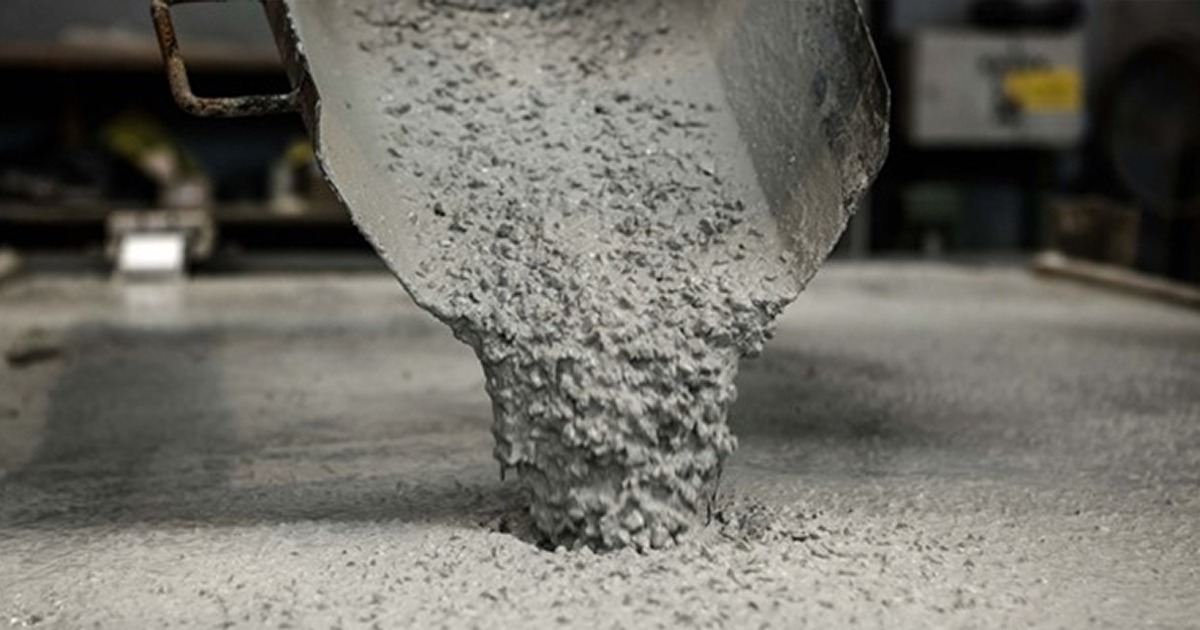
These admixtures reduce the water-cement ratio needed in concrete without compromising its effectiveness or usefulness. By decreasing water usage, water-reducing admixtures save a crucial resource and create sturdier, more heavy-duty concrete that can tolerate harsh weather for a long time. Polycarboxylate ethers (PCE), Napthaline formaldehyde, and lignosulfonates are examples of this admixture.
2. Plasticisers and superplasticisers
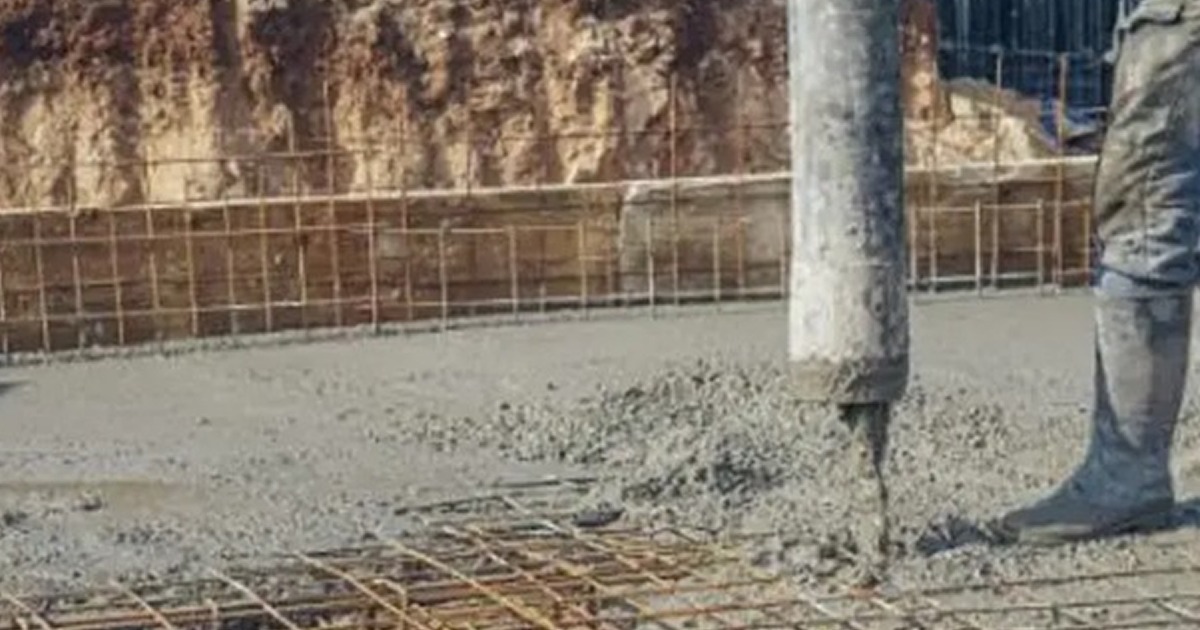
Plasticisers and superplasticisers significantly increase the workebility of concrete, allowing it to flow more easily with minimum water addition. This feature is particularly advantageous in complex architectural designs, permitting easier placement of concrete and helping produce high-strength concrete with a small amount of cement, which also aids in slashing carbon emissions from cement manufacture. PCE and Napthaline-based superplasticizers are examples of this type of admixture.
3. Air-entraining admixtures
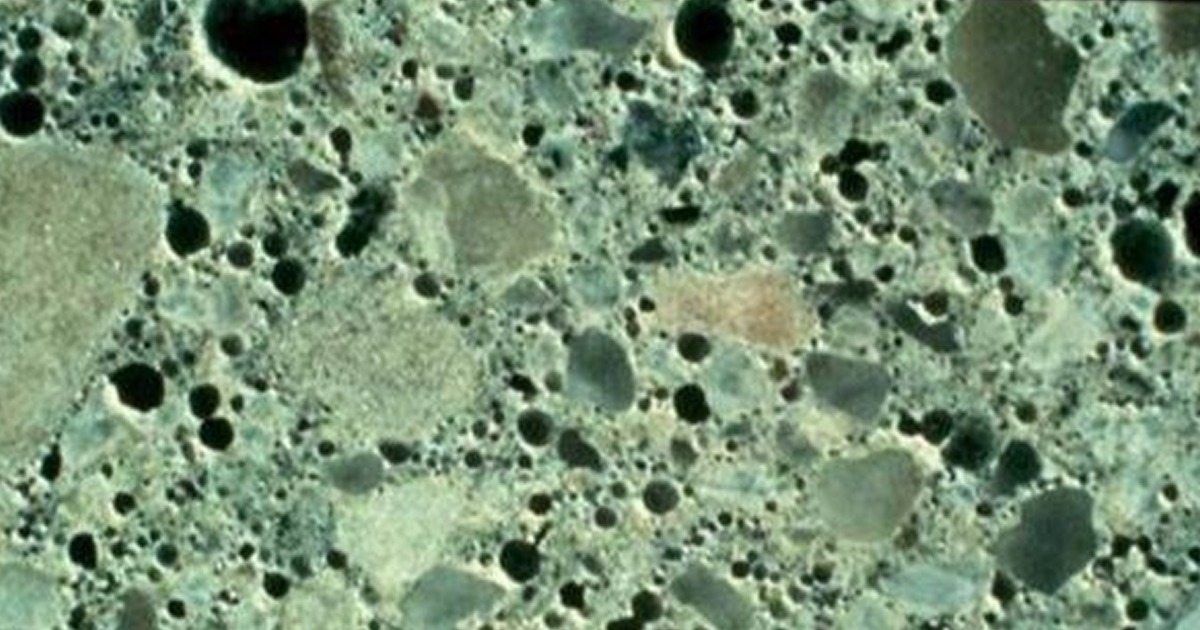
These admixtures introduce tiny, evenly distributed air bubbles within concrete, while mixing, which improves its freeze-thaw resistance.This property is necessary for buildings in colder climates, as it arrests cracking due to frigid and sub-zero temperatures.The bubbles also reduce bleeding and contribute to better workability of concrete. In general, the concrete’s durability is enhanced to a great extent. The admixtures are made up of salts of petroleum acids and agents such as vinsol resin.
4. Accelerating admixtures
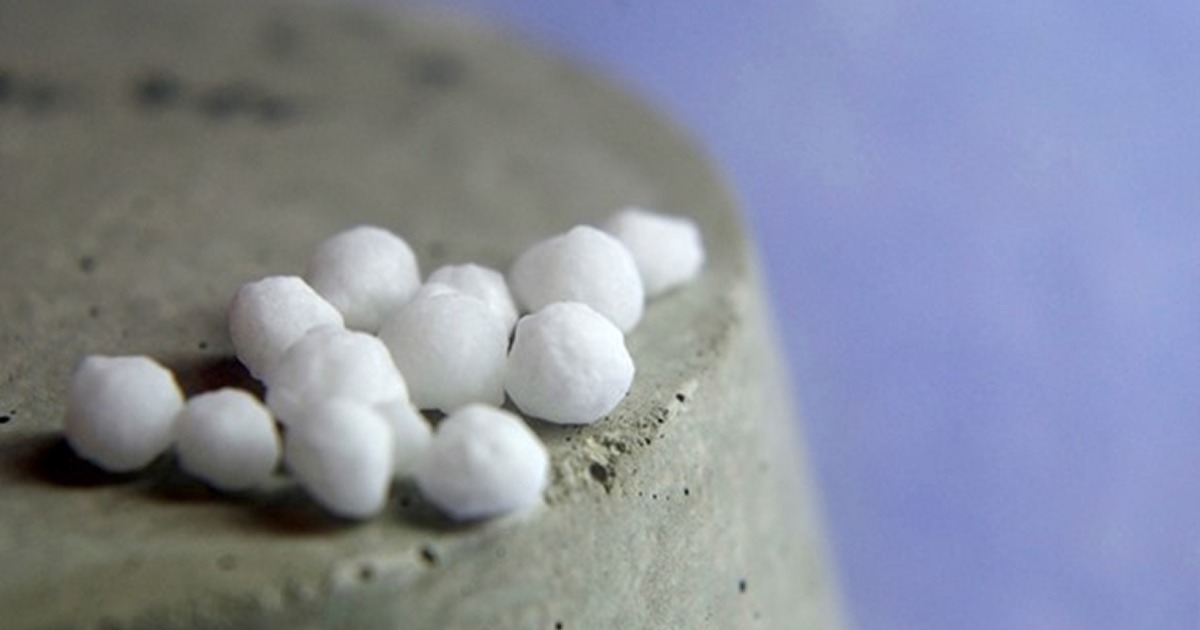
Accelerating admixtures quicken the setting time of concrete, facilitating quicker development of toughness and durability. They work by boosting the hydration rate of hydraulic cement when blended with grout or mortar. Made from compounds such as calcium chloride, calcium nitrate, or triethanolamine (TEOA), these admixtures are particularly useful in conditions in need of rapid setting, like in freezing temperatures or for tight construction timelines.
